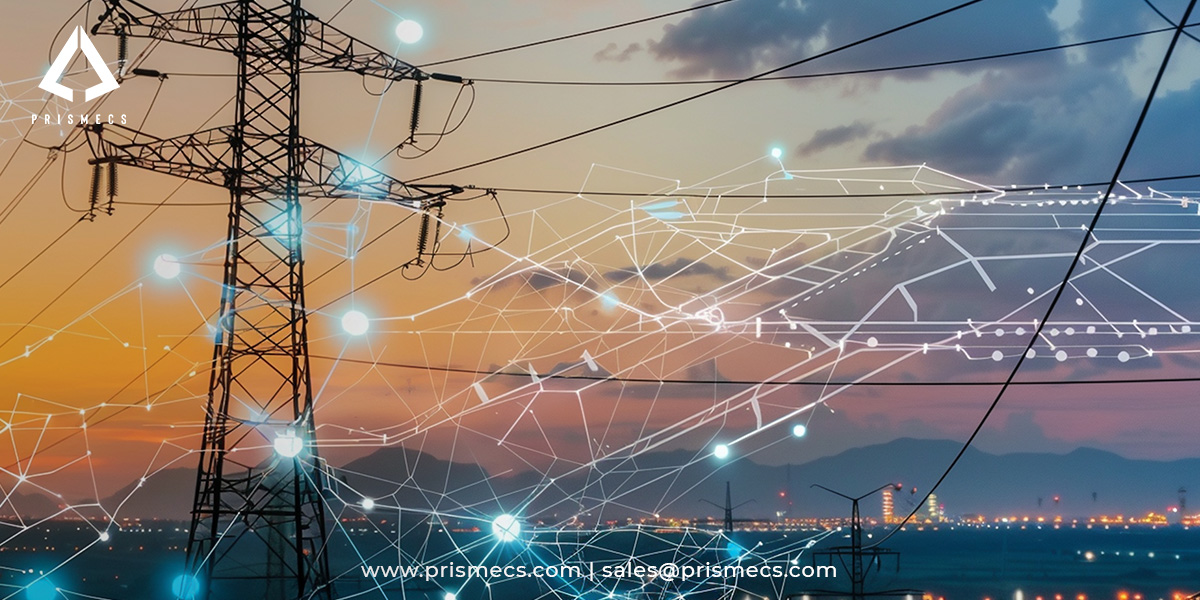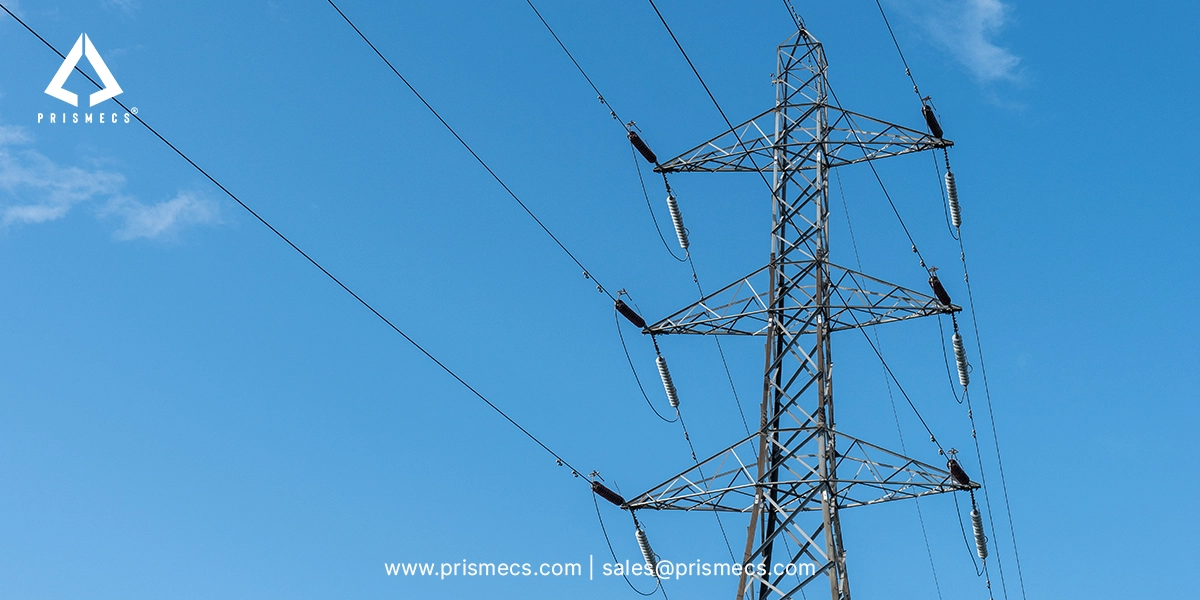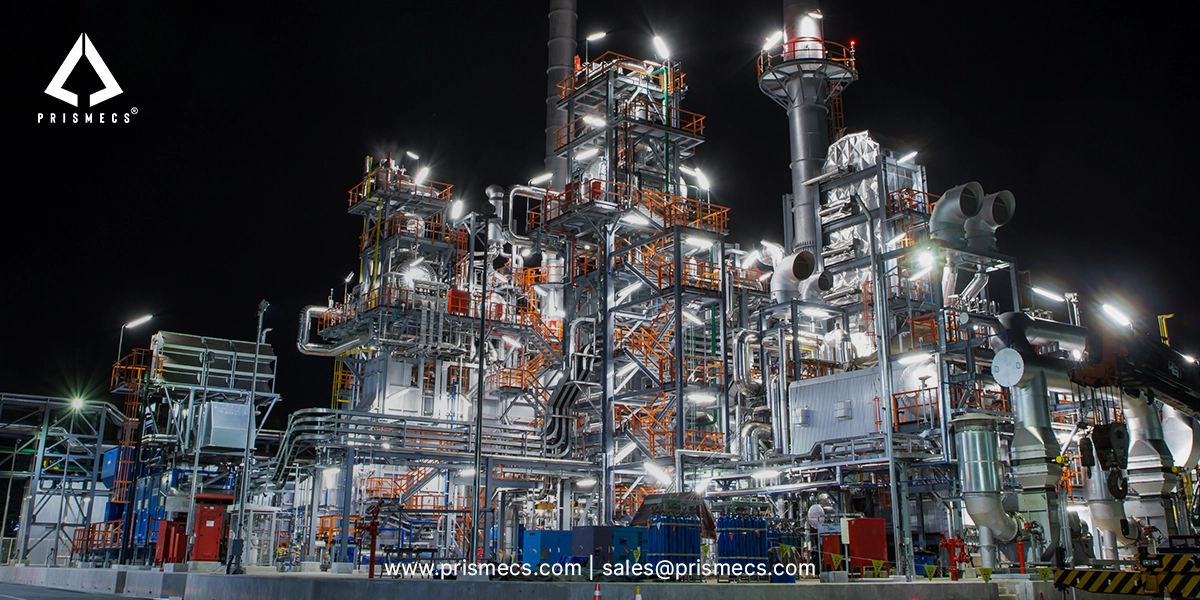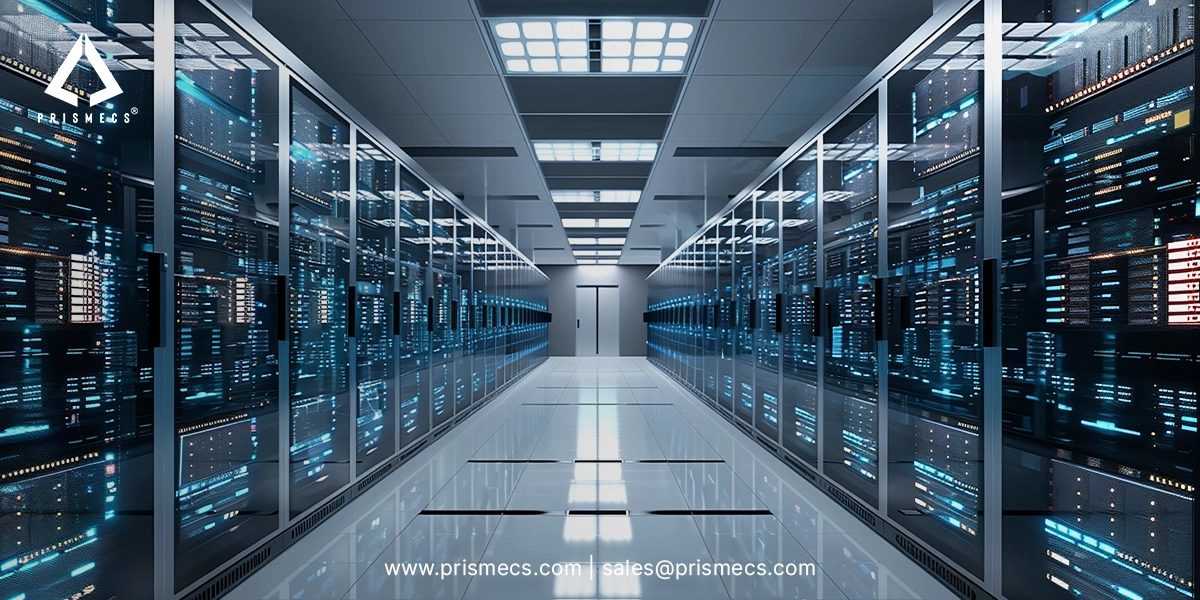
As global demand for cleaner, more efficient energy rises, the role of Distributed Energy Resources (DERs) becomes more significant. A Distributed Energy Resource Management System (DERMS) optimizes power generation.
It ensures reliable, efficient, and sustainable energy delivery. This blog explores its key role in power generation. It also discusses how DERMS integrates emerging technologies to enhance grid operations and energy efficiency.
What Is a Distributed Energy Resource Management System?
A Distributed Energy Resource Management System (DERMS) is a sophisticated software platform. It manages and optimizes distributed energy resources (DERs) like solar panels, electric vehicles, energy storage systems, and smart thermostats. These resources collectively form an interconnected energy ecosystem within the distribution grid, requiring seamless coordination to ensure reliability and efficiency.
It supports grid operators in balancing power flow, integrating renewable energy sources, and addressing demand-side challenges. It plays a crucial role in monitoring and controlling DERs. It also optimizes DERs. This enables DERs to function cohesively within the broader power grid.
The Growing Importance of Distributed Energy in Power Generation
The increasing adoption of renewable energy, energy storage solutions, and distributed generation highlights the need for robust management systems. Engineers designed traditional energy grids for one-way energy flow from centralized power plants to end-users. However, the modern grid incorporates decentralized power sources, making it indispensable in managing bidirectional energy flow and maintaining grid stability.
Key Features of a Distributed Energy Resource Management System
Some of its key features include the following.
Monitoring and Control
It offers real-time monitoring and control of distributed energy resources. It ensures that solar panels operate efficiently. It ensures that wind turbines operate efficiently. It ensures that energy storage systems operate efficiently.
Demand Response
Facilitating demand response programs helps grid operators manage energy loads during peak demand. Smart technologies, such as smart thermostats, enable automated adjustments, reducing strain on the grid.
Aggregation of DERs
It aggregates multiple DERs into a unified network, effectively creating a virtual power plant. This aggregation allows small-scale energy resources to collectively contribute to the grid, improving reliability and flexibility.
DER Optimization
Optimization algorithms maximize the efficiency of energy generation and distribution, ensuring the best utilization of available resources.
Grid Operations Support
It integrates seamlessly with grid operations, providing enhanced visibility and control for grid operators. It ensures grid stability by managing fluctuations in energy supply and demand.
How a Distributed Energy Resource Management System Enhances Power Generation Efficiency
Distributed Energy Resource Management enhances the efficiency of Power Generation in the following ways.
Seamless Integration of Renewable Energy
With the rise of renewable energy sources such as solar and wind, managing intermittent energy production is a challenge. It ensures smooth integration by coordinating these resources with energy storage systems and the distribution grid.
Improved Power Flow Management
It optimizes power flow across the grid, preventing overloading and ensuring efficient energy distribution. By dynamically adjusting to supply and demand, it maintains grid reliability.
Energy Resource Management Systems for Grid Stability
It acts as an advanced energy resource management system. It balances energy loads and addresses voltage fluctuations. These factors are crucial for stable grid operations.
Support for Electric Vehicles
The increasing adoption of electric vehicles (EVs) adds complexity to energy management. It enables the integration of EVs into the grid. It coordinates charging schedules. It leverages EVs as potential energy storage units.
Enhanced Demand-Side Management
It empowers consumers to play an active role in energy management through demand-side participation. Smart devices, energy storage systems, and real-time data enable households and businesses to optimize their energy usage.
Applications of Distributed Energy Resource Management Systems in Power Generation
Key applications of it in power generation are the following:
Virtual Power Plants (VPPs)
It facilitates the creation of virtual power plants, where aggregated DERs operate as a single, coordinated entity. VPPs enhance grid flexibility and resilience while optimizing resource utilization.
Distribution Management Systems (DMS)
It complements distribution management systems, offering advanced features such as predictive analytics and automated responses to grid anomalies. This ensures that the distribution grid operates efficiently and reliably.
Monitoring and Optimization of Renewable Energy
It provides real-time data and insights. It supports the monitoring of renewable energy systems. It helps optimize the systems. This ensures they perform at peak efficiency.
Read More: Guide to Implementing Distributed Energy Generation for Your Business
Benefits of Adopting Distributed Energy Resource Management System
Below, I list the key benefits of its adoption:
Cost Savings
It reduces operational costs by optimizing energy distribution, minimizing energy losses, and facilitating the integration of cost-effective renewable resources.
Increased Grid Resilience
It enhances grid resilience against outages and fluctuations by enabling real-time monitoring and control.
Environmental Sustainability
It promotes the use of renewable energy, reducing greenhouse gas emissions and contributing to a sustainable energy future.
Scalability
It can be scaled to accommodate the growing number of DERs. This ensures the grid remains efficient. It also ensures the grid remains reliable as energy demands increase.
Its Role in Future Energy Systems
The Distributed Energy Resource Management System will play a central role as the energy landscape evolves. People will shape the future of power generation. Key trends include:
Decentralization of Energy Resources
The shift from centralized power plants to decentralized energy systems requires sophisticated management tools like DERMS.
Integration of Advanced Technologies
Emerging technologies such as artificial intelligence and machine learning will enhance DERMS capabilities, enabling predictive analytics and automated decision-making.
Support for Smart Grids
It will play an integral role in developing smart grids. Smart grids leverage advanced sensors and automation. They optimize energy flow and enhance grid performance.
Distributed Energy Resource Management Market Size
The Distributed Energy Resources Management System (DERMS) market has experienced significant growth in recent years. Analysts value the market at $0.95 billion in 2024. It reflects a robust compound annual growth rate (CAGR) of 16.3%. Analysts project the market will reach $1.75 billion in 2028.
The growing adoption of renewable energy drives this expansion. Increased investments in smart grid infrastructure also play a role. Favorable government policies contribute to the growth. Heightened focus on grid digitalization initiatives supports the expansion.
Challenges in Implementing Distributed Energy Resource Management System
Despite its numerous benefits, implementing it presents certain challenges, including:
Complexity of Integration
Integrating it with existing grid infrastructure requires significant investment and coordination.
Data Management
The vast amount of data generated by DERs necessitates robust data management and analytics capabilities.
Regulatory Barriers
Inconsistent regulations across regions can hinder its widespread adoption.
Cybersecurity Risks
As it relies heavily on digital technologies, ensuring robust cybersecurity measures is essential.
Unlocking the Potential of Distributed Energy Resource Management
The adoption of Distributed Energy Resource Management Systems (DERMS) is revolutionizing power generation, making energy systems more efficient, sustainable, and resilient. We are fostering collaboration between grid operators and consumers by integrating advanced technologies. This paves the way for a cleaner, smarter energy future.
Whether managing distributed energy resources, optimizing power flow, or enabling demand response, DERMS unlocks the full potential of modern energy systems. As the energy industry evolves, investing in DERMS becomes critical. It will help meet tomorrow's challenges and create a sustainable energy ecosystem.
Partner with Prismecs
Our expertise ensures optimized resource integration, enhanced grid stability, and long-term sustainability for your operations. Whether you want to reduce energy costs or leverage renewable sources, Prismecs has solutions. We also help future-proof your energy infrastructure. Prismecs delivers tailored strategies that align with your unique goals.
Let us empower your business to lead in efficiency and resilience. The future of energy starts today. Prismecs stands by your side to help you succeed. To avail of our services, call us at +1 (888) 774-7632 or email us at sales@prismecs.com.
Tags: Distributed Energy Resource Management System Energy Resources Management System Derms Distributed Energy Resources Ders Energy Resource Management Systems Distributed Energy Resource Management Distribution Grid Distribution Management System
recent posts

Distributed Energy Services
9 minutes read
Smart Grid and Distributed Energy Resources
Discover how smart grids and distributed energy resources (DER) work together to create efficient, resilient, and sustainable energy systems for the f...

Petrochemicals
8 minutes read
Petrochemical Plant Operations Explained
Discover how petrochemical plant operations work, from raw material processing to product output. Learn key processes, safety, and technologies involv...
Press Release
1 minute read
CEO Prismecs, Junaid Ali Featured on Forbes: Addressing AI’s Energy Paradox and Powering the Future of Intelligence
Prismecs CEO Junaid Ali, featured in Forbes, shares insights on AI’s growing energy demand and innovative power solutions that drive a sustainable fut...

Data Centers
11 minutes read
Data Center Provider: How to Choose the Right One
Discover how to choose the right data center provider for your business. Compare features, performance, security, and services to make the best decisi...